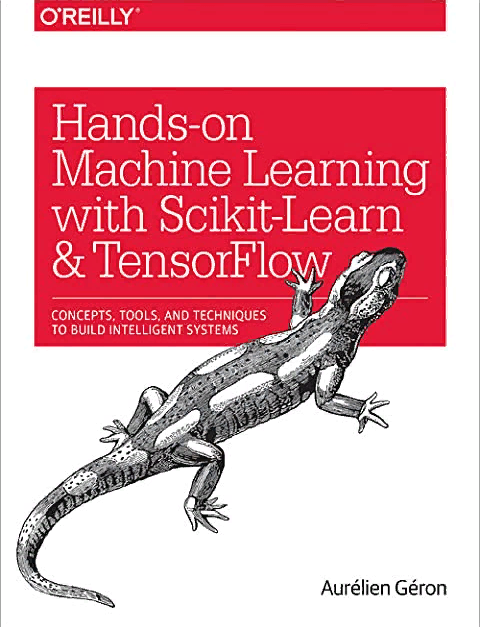
Can a computer observe a photograph and say “ah ha, I see a lovely couple walking over a bridge under an umbrella in the rain?” Can software make medical decisions as accurately as that of trained professionals? Can software predictions about the stock market perform better than human reasoning? The achievements of the past decade hint that the answer to all these questions is a resounding “yes,” and the implementations appear to share a common strategy.
Recent theoretic advances coupled with newly available technologies have enabled anyone with access to a computer to attempt their own approach at solving these incredibly hard problems. Okay, not just anyone, but that’s why you’re reading this book, right?
A programmer no longer needs to know the intricate details of a problem to solve it. Consider converting speech to text: a traditional approach may involve understanding the biological structure of human vocal chords to decipher utterances using many hand-designed, domain-specific, un-generalizable pieces of code. Nowadays, it’s possible to write code that simply looks at many examples, and figures out how to solve the problem given enough time and examples.
The algorithm learns from data, similar to how humans learn from experiences. Humans learn by reading books, observing situations, studying in school, exchanging conversations, browsing websites, among other means. How can a machine possibly develop a brain capable of learning? There’s no definitive answer, but world-class researchers have developed intelligent programs from different angles. Among the implementations, scholars have noticed recurring patterns in solving these kinds of problems that has led to a standardized field that we today label as machine learning (ML).
As the study of ML matures, the tools have become more standardized, robust, performant, and scalable. This is where TensorFlow comes in. It’s a software library with an intuitive interface that lets programmers dive into using complex ML ideas. The next chapter will go through the ins and outs of this library, and every chapter thereafter will explain how to use TensorFlow for each of the various ML applications.
Скачать книгу можно бесплатно по данной ссылке: Скачать


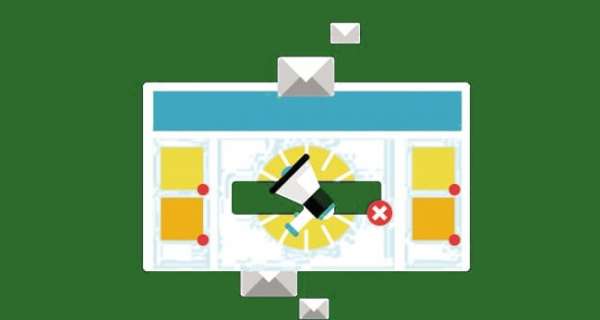














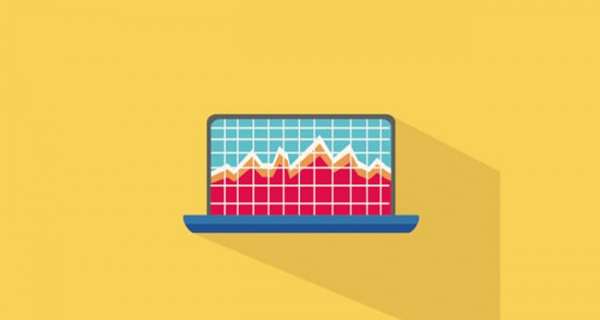











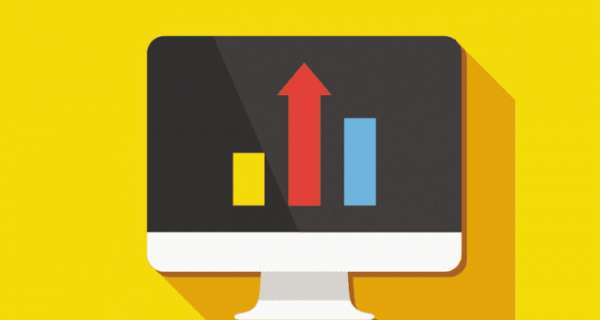

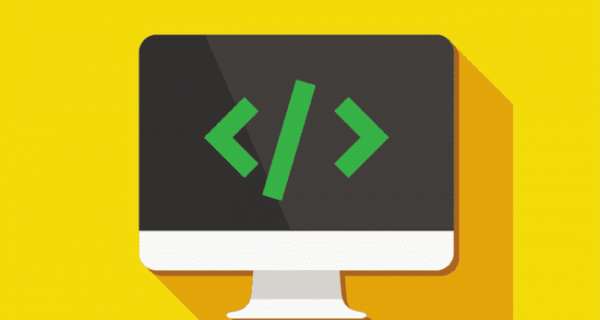




0 Комментарии